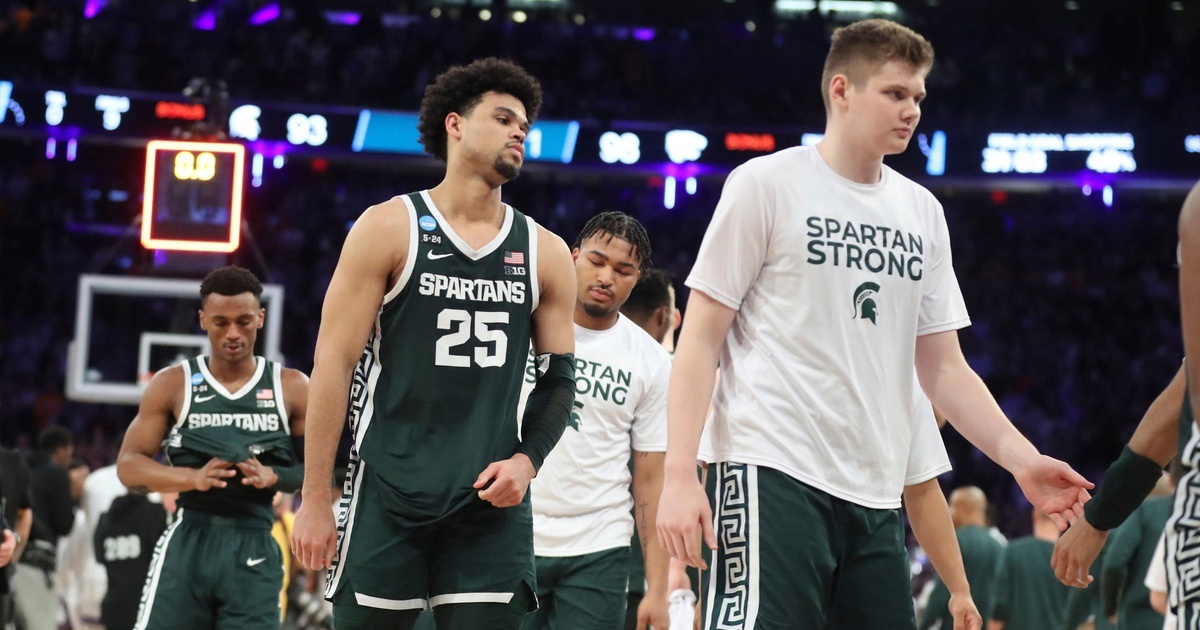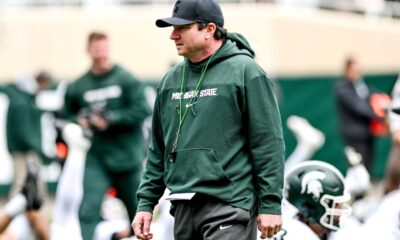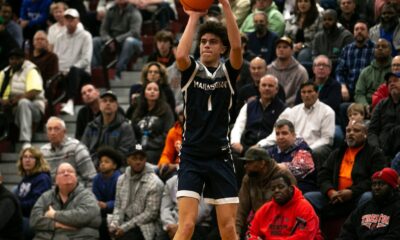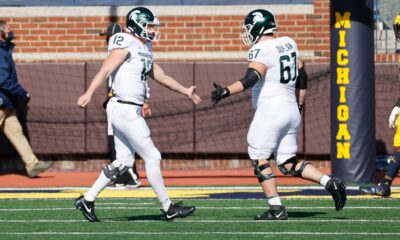Big Ten basketball hasn’t seen a ton of NCAA Tournament success in recent years, but here’s how to fix that.
It was another disappointing season for Big Ten basketball in the NCAA tournament. As we prepare to watch the Final Four this weekend, we’ll do so without any Big Ten representation. Over the past three seasons, the Big Ten has received 26 bids – the most of any conference. The league has only managed to put three teams into the Sweet 16, with zero Final Four appearances.
Michigan State was the last national champion to come from the Big Ten – 23 years ago.
Many have criticized the style of play in the conference and pegged that as the reason for so many early exits. Many teams play through a dominant center and consistently lose to smaller, faster, more athletic teams in March. Others have argued that the single-elimination tournament produces somewhat random results. While that may be true to an extent, 26 teams and three second-weekend appearances feels like a significant trend.
I’m here to argue that the league is getting out of the NCAA tournament exactly what they are putting into it.
There’s a famous saying among chefs in the kitchen. Crap into the oven equals crap coming out of the oven. The Big Ten gets praised each year for being the deepest conference from top to bottom. A lot of this praise comes from teams near the bottom of the league regularly beating teams at the top. There are two ways to look at that. You could determine that, yes, it represents tremendous depth. You could also look at it and conclude that nobody is very good. It’s hard to argue with the latter over the past three seasons.
The Big Ten is getting exactly what they want out of the regular season. It’s a grueling, intense, and competitive race with good turnover from year to year. The conference consistently has the best attendance and fan engagement, creating very difficult environments for road teams. But I believe the current scheduling model is sacrificing a competitive regular season for a disappointing postseason. I believe the conference is setting these teams up to fail come March.
How can it be fixed? The reality is that none of these recommendations will give the Big Ten three out of four Final Four teams for the next five years in a row. Better players, better coaches, and yes, luck, are all vital when it comes to tournament success. But I do think there are some small tweaks the league can – and should – explore to help their teams prepare for March.
1. Conference schedule overhaul
The current scheduling model should get an overhaul once USC and UCLA join the league, and it is much needed. The 20-game schedule with a 14-team league feels too long and completely random. Outside of a couple of protected rivalries, there doesn’t seem to be much (if any) rhyme or reason for who teams play once versus the teams they play twice. This has an enormous impact on the conference title race and in turn – the likelihood of creating “paper tigers” that have inflated records due to weak schedules.
Going back through the past five regular season champions, here are the conference-only strength of schedule metrics per Kenpom.
- 2023 Purdue (14th)
- 2022 Illinois (5th) & Wisconsin (10th)
- 2021 Michigan State (13th)
- 2020 Michigan (12th), Maryland (8th), Wisconsin (9th)
- 2019 Michigan State (13th) & Purdue (12th)
It should be noted that teams at the top will always have lower strength of schedule ratings because they can’t play themselves. But as you can see, there appears to be a strong correlation between winning the league and playing the worst teams in the league twice. To me, this sort of scheduling creates way too much variance when it comes to determining a champion and putting teams in the NCAA tournament.
Adding two more teams should give the conference a chance to hit the reset button. While the 2020 season was nasty to navigate, it also showed that games can be canceled and rescheduled on the fly. The league should embrace some sort of on-the-fly scheduling after each team has played once.
Perhaps there could be four different four-team pods determined by record, where each team plays one team from the three other pods to round out an 18-game schedule. Maybe the league gets sliced in half, and teams play the other seven teams in their half of the conference twice, with four crossover games based on record after 14 games. Whatever the conference decides, there needs to be some reasoning behind it to create some semblance of balance.
2. Back-to-back travel games
This proposal might be my favorite because I think it’s the most realistic.
As the conference expands, the geographical travel involved will be arduous. To guard against that, the Big Ten should look to implement more schedules that involve two road games in three days.
The Pac-12 already schedules the entire conference in this model. They play almost exclusively on Thursday and Saturday. Teams either get two home games or two road games in close proximity to each other. For example, USC played consecutive road games on Feb. 9 (at Oregon) and Feb. 11 (at Oregon State). This scheduling tactic provides two advantages. First, it should actually limit travel because it prevents teams from having to make a journey home before hitting the road again. Second, it gets players and coaches into the “short turnaround” mindset that comes with the NCAA tournament schedule. It will require them to recover, practice, and prepare for a new opponent all away from home in a short amount of time.
Like the Pac-12, the Big Ten also has instances where this absolutely makes sense geographically. While Penn State or Rutgers is out playing Iowa, keep them out there to play Nebraska. When Illinois comes to East Lansing on a Thursday, keep them around and have them play Michigan on Saturday.
The Pac-12 has the advantage of having a complete round-robin schedule with only 10 teams. But Big Ten basketball should still be able to find instances where this sort of scheduling makes sense.
3. Neutral site conference games
Good luck getting the schools to sign off on this one. But we can dream, right?
We got a taste of this in February when Michigan State played Rutgers at a “neutral” site in New York City. I found this fun and potentially beneficial for both teams. The Big Ten is fortunate to have several NBA or multipurpose arenas throughout its geographical landscape. Ask each school to give up one conference home game and have it be played at one of those venues.
Make a couple of these double headers, just like we see in the NCAA tournament. Bring two ho-hum conference games to a big city in a big-time arena on a Saturday and make it into an all-day event.
An example would be Michigan State vs. Nebraska and Michigan vs. Penn State in Detroit. You could also stage this with Purdue and Indiana in Indianapolis, Northwestern and Illinois in Chicago, Penn State and Rutgers in New York City, and USC and UCLA in Los Angeles.
There are multiple benefits to this idea. For starters, the athletes get the experience of playing in a big arena where the crowd is split between fan bases. A game that may have otherwise gotten lost in the shuffle of a large Saturday slate of games is likely elevated to a national television spot. And fans that live in these large cities get a chance to see their team visit them for a change.
To me, this is a great simulation of what playing in the NCAA tournament will feel like. With many of these arenas also serving as host sites for the actual tournament, it’s another opportunity for players to familiarize themselves with a pro-style venue.
4. Non-conference requirements
I have two proposals here as it relates to non-conference scheduling. First, I want to follow a rule that the conference put in place for football about 10 years ago. Since then, I think it has gone away. But at the time, the Big Ten did not allow its members to play FCS opponents.
In that same spirit, the conference should prohibit teams from scheduling opponents below a certain rating per a third-party metric. Whether it’s KenPom, Bart Torvik, or the NET, the conference should pick a number (say 250?), and not allow members to have those teams on their schedule. They could even use an average ranking over the past three or five seasons if they’d like. The intent here is to get rid of complete pushovers and play teams with a pulse. In addition to not helping NCAA tournament resumes, I believe it does nothing to beat Chicago State or Stony Brook by 32 in December.
Second, it should be a requirement for each member to play one non-conference road game against an in-state (or neighboring state) opponent. Full disclosure, I just think this has the potential to create all sorts of fun matchups. Purdue traveling to Valparaiso? Ohio State playing at Akron? Iowa at Northern Iowa? Rutgers at Princeton? I do think there could be some valuable experiences to be had here. These teams (for the most part) will be matched up with teams from one-bid leagues that play an entirely different style than the Big Ten. It’s exactly the type of opponent a Big Ten team might see in the round of 64. Throw in the road element to make it more of a challenge and bring attention to otherwise boring non-conference tune-up games.
So, there you have it. That’s what I’d change. With Kevin Warren off to work for the Chicago Bears, consider this my application for becoming commissioner of the Big Ten.
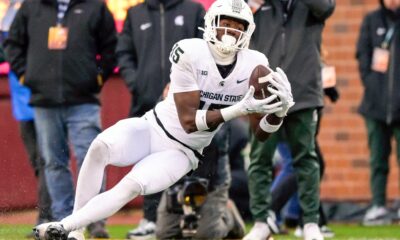
 FOOTBALL1 week ago
FOOTBALL1 week ago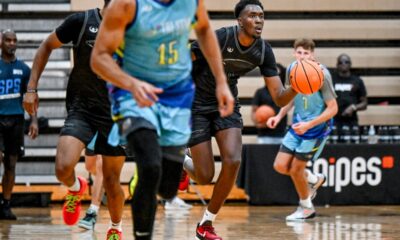
 BASKETBALL2 weeks ago
BASKETBALL2 weeks ago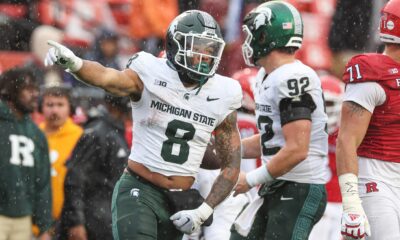
 Transfer Portal4 days ago
Transfer Portal4 days ago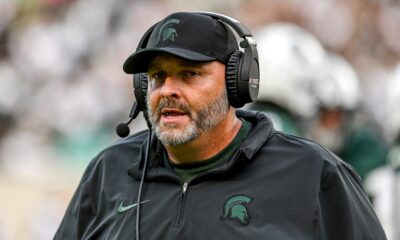
 FOOTBALL6 days ago
FOOTBALL6 days ago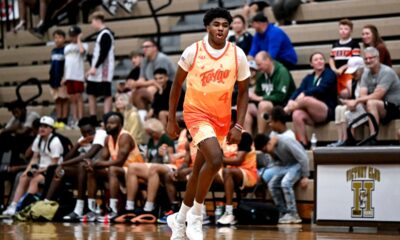
 BASKETBALL1 week ago
BASKETBALL1 week ago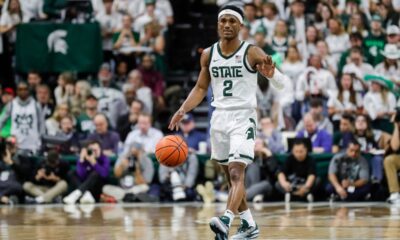
 BASKETBALL6 days ago
BASKETBALL6 days ago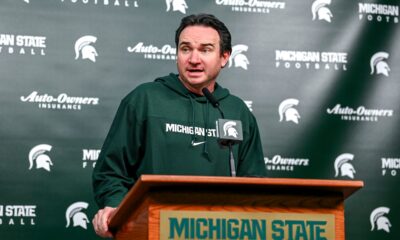
 FB RECRUITING2 weeks ago
FB RECRUITING2 weeks ago
 MORE SPORTS1 week ago
MORE SPORTS1 week ago
